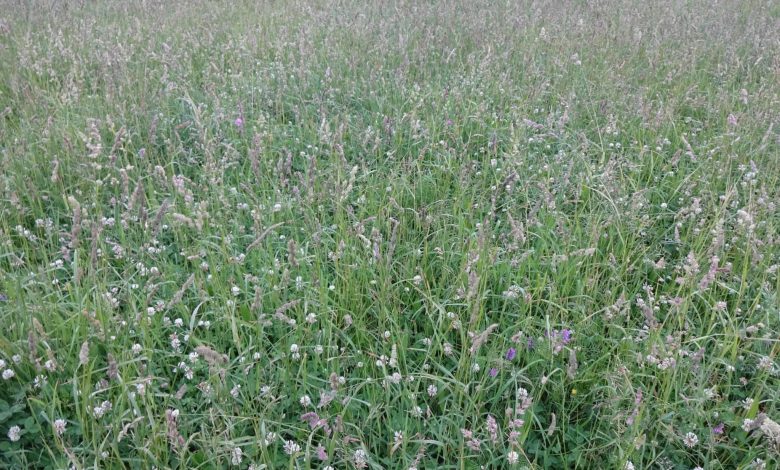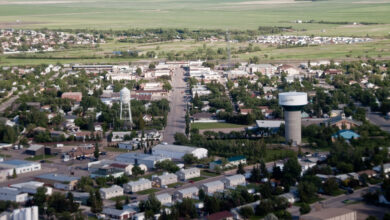
Plant Diversity Can Be Beneficial to Pasture and Rangeland
By Trevor Lennox, PAg, Range Management Extension Specialist, Swift Current
Did you know that diversity is important for productive and healthy pastures? Productivity on pastures is more stable when forages represent a diversity of function and structure such as height, root growth habit, life cycle and habitat requirements.
Pasture mixtures of both grass and legumes use solar energy more efficiently than monocultures of just one species. The shape and orientation of plant leaves affects how and when the plant can best conduct photosynthesis. Tall plants and upright grasses capture light at the extreme angles of sunrise and sunset, while horizontal leaves of legumes use sunlight better at midday. A combination of warm and cool season plants allow the pasture to capture solar energy for a longer part of the growing season.
Nutrient use efficiency
A diverse plant community uses soil nutrients more effectively than a monoculture or simple plant mixture. Just as a diverse plant canopy covers the entire soil surface area, a diversity of root systems occupies the entire soil profile from the soil surface to as far as 15 feet deep. Grasses generally have fine, bushy roots while legumes, such as alfalfa, have taproots. Some plants have longer or deeper root systems (e.g. alfalfa) while other plants have a root system that grows primarily in the soil surface. Pastures that contain plants with a diversity of root systems will be better able to harvest and use nutrients from the soil than a less-diverse community. Plants with more shallow roots are effective in recycling nutrients released through the decomposition of thatch and manure on the soil surface, while deep-rooted plants are able to scavenge nutrients that have been leached down through the soil profile.
Less weed problems
A common issue for many pastures occurs when a weed problem manifests itself. By seeding a legume and grass together, many producers help eliminate a lot of their potential weed problems. This is largely due to the fact that the increased diversity of the forage mix helps to displace the weeds.
Nature strives for diversity. Evidence of this is commonly observed where a pure alfalfa stand is easily invaded by foxtail barley. Past experience has shown that seeding a small amount of grass with the alfalfa will help displace the foxtail barley and help minimize the potential negative effects of having a weed problem.
Encourage diversity
The following steps are suggested to encourage a diversity of forage species in your pasture:
- Include a mixture of forage species at time of seeding. This includes using a mixture of plant types (e.g. grass plus legumes) and also diversity within plant types. For example, include more than one grass species and more than one legume species in your pasture mixture.
- Rotate pastures while leaving sufficient leaf area behind.
- Maintain a high percentage of legumes in the forage mix by not overgrazing and by minimizing nitrogen fertilizer additions.
- Provide pastures with sufficient rest time to allow forages to regrow. It is important to understand that the recovery (rest) period is very significant to help maintain or improve pasture diversity. As a general rule, legumes tend be the weak
For additional information contact the Agriculture Knowledge Centre at 1-866-457-2377 to speak with your nearest range management extension specialist.
For the latest information and for more updates on everything Kindersley ‘Like’ the Kindersley Social Facebook page below…








































